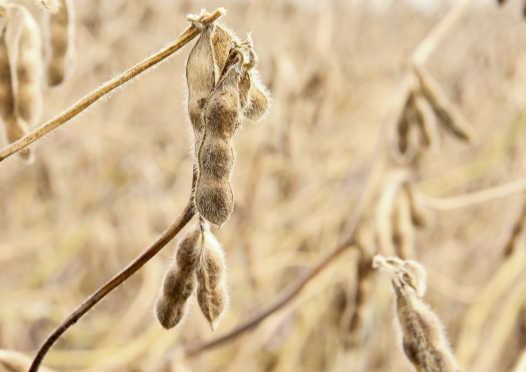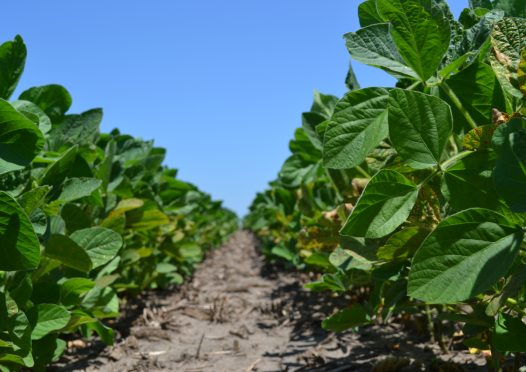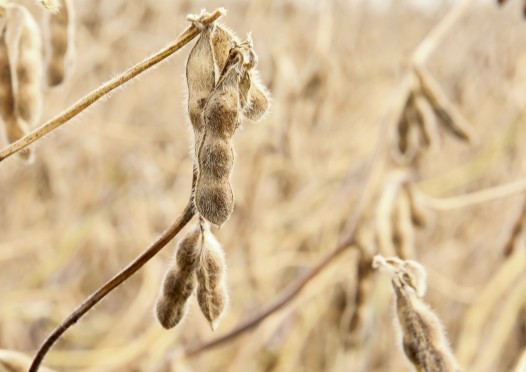ILSOYADVISOR POST
Agronomy: A Recap of the 2016 Soybean Season
Make it a habit to recap what happened in each field during harvest and after it is over.
All soybean seasons present some challenges, but this year will break conventional yield expectations because there seemed to be timely rains that helped the crop along. But, maybe there was a bit too much rain and too much rank vegetative growth which may have kept growers from breaking the 100 bushel ceiling.
As you harvest and analyze the results for each field this fall, take some time to replay the season from planting to harvest and consult your records and notes. Recognizing what went right and wrong will help you plan for a more successful 2017. Below is a checklist that you should consider in your analysis.
Weather: What were the weather and environmental conditions at plant and growth stage? How did weather influence the decisions I made and deployed? If weather presented challenges are there practices you can deploy to counter those effects in 2017?
Variety: How did the varieties yield and perform in my environment—did they have the right agronomic traits? Was the seed treated and was the product combination effective?
Fertilizer: Have I sampled my fields lately and looked at soil test values? Have I applied enough lime to correct low soil pH and N-P-K to meet the crop requirements for the yields I expect? Do I have a good fertilizer plan that economically meets crop needs yet reduces the risk of nutrient loss?
Tillage: Can I adopt no-till to reduce costs while protecting the soil resource and building organic matter and health? What is my goal for doing tillage and do I have the appropriate equipment? Was tillage done when the soil was in fit condition? Am I able to handle the cornstalk residue when planting? Are there any compaction layers I need to fracture?
Planting: Was I able to plant early and in April? Was soil fit for planting? Were soil and air temperature and rain forecasts favorable for three to five days after planting? Was my planter singulating seed and placing it at the right depth? Did I chose the right population? What was my planting population versus final population?
Weed control: Did I have a good herbicide plan going into this season and did I stick with it? Did it include overlapping residuals? Do I have herbicide resistant weeds such as water hemp and Palmer? Was I able to apply herbicides on time, when weeds were 2 to 3 inches tall? What problem weeds did I see that I need to focus on next year? How did weather effect herbicide performance or application timing?
Disease and insect control: If I applied a fungicide or insecticide was it needed and was there a return on investment? How effective was my fungicide or insecticide and will I budget for it next year? What were the disease and insect threats? If SCN and SDS are problems do I have effective management strategies?
Foliar feeding: Did I apply a foliar nutrient and growth stimulant package? Was the application effective and did it give me a return on investment? Will I budget for it again next year?
As you harvest, capture any last notes about weed outbreaks, lodging, areas with soil isses, etc. Use all your notes to evaluate the things that went well and areas that need improvement in 2017.
Agronomist Daniel Davidson, Ph.D., posts blogs on agronomy-related topics. Feel free to contact him at djdavidson@agwrite.com or ring him at 402-649-5919.




Comments
Add new comment